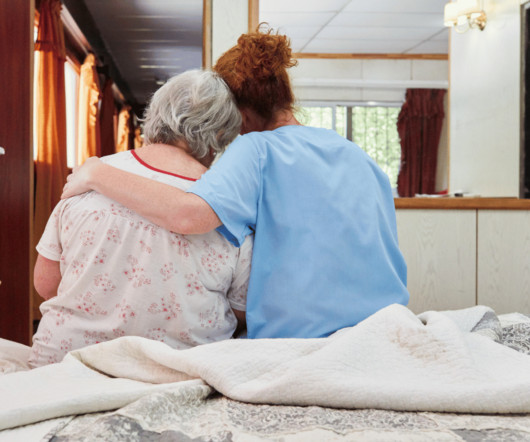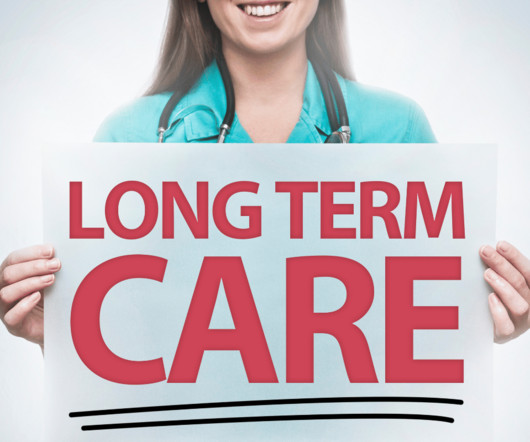Hospices Strengthening Ties to Tech, Pharmacy Companies to Support Families, Staff
Hospice News
JANUARY 25, 2023
But also for us to be able to monitor their blood pressure and vital signs are remotely and to have a good idea of any changes. A range of technologies are becoming more integrated into hospice operations and care delivery. These partners open doors around access to end-of-life care.”












Let's personalize your content